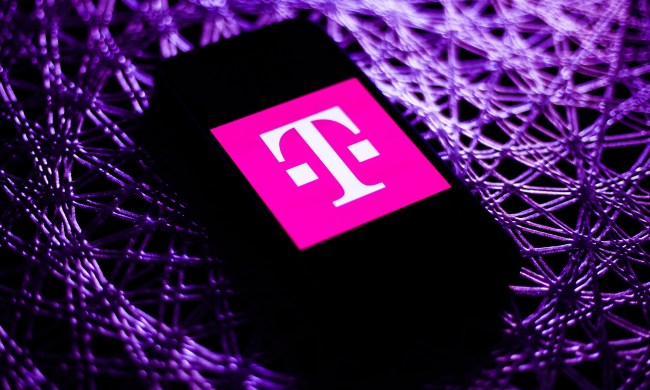Emergency alerts are one of those smartphone features that many people ignore. After all, are they really that useful?
Yes. Yes, they are.
Whether you’re dealing with a wildfire, a hurricane, a tornado, or some other major event, emergency alerts let you stay connected with real-time information. If you’re taking shelter, those alerts can sometimes be your only link to the outside world.
Usually, these alerts require a cell signal. No longer. T-Mobile just issued the first emergency alerts ever to be sent via satellite across more than 500,000 square miles. The coverage area was dominated by mountainous or uninhabitable land and provided users with critical alerts.
Rather than rely on mobile towers (which are vulnerable to fire and other types of damage), T-Mobile partnered with SpaceX. On September 5, operators issued a hypothetical evacuation notice. The notice was broadcast 217 miles into space, where it was received by a low-orbit Starlink satellite — one of more than 175 Starlink devices currently looking down on us — and then broadcast across the target zone. It took only seconds to be delivered.
This might not strike you as the most exciting news in the world, but it’s a huge milestone in terms of reaching people in more rural areas. Geography has posed a problem for mobile networks in the past; mountains, trees, and buildings can block signals, while inaccessible areas can leave sections without any signal at all. By broadcasting alerts over satellite, T-Mobile is able to reach more customers with potentially life-saving alerts.
This is an important first step in expanding coverage to underserved locales, too.




